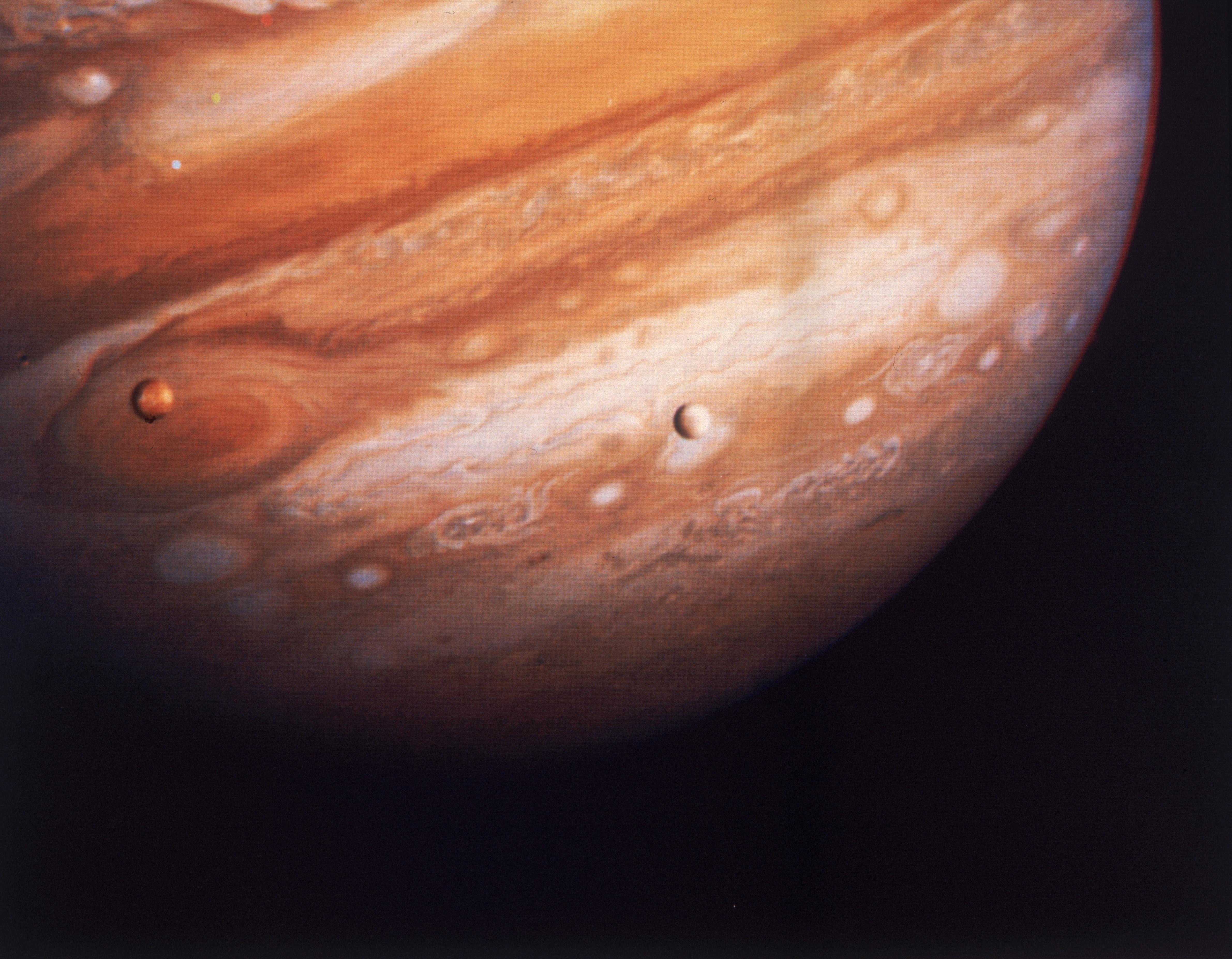Jupiter Will Be So Close in June You Can Spot Its Moons With Binoculars
Apr. 15 2020, Updated 3:06 p.m. ET

Every month, NASA releases a bunch of skywatching tips for those you us who like to know when the best time to see certain planets is. And this June, Jupiter will be at its biggest and brightest in the night sky. According to NASA, you'll be able to see Jupiter pretty well with the naked eye for the entire month.
"Jupiter is at its biggest and brightest this month, rising at dusk and remaining visible all night," the organisation notes. "The solar system's largest planet is a brilliant jewel to the naked eye."
But for those with a telescope, or even just a pair of binoculars, there's an extra treat this month. You'll be able to see Jupiter's four largest moons with just a pair of binoculars. And you might even be able to spot a hint of the banded clouds that encircle the planet.

Space lovers will be able to see the giant planet most clearly on June 10 when Jupiter reaches opposition, a yearly lining up of Jupiter, Earth and the Sun. But if you have something planned on that day, you'll still be able to see it pretty well all month any time after dark.
Dr. Robert Massey, deputy executive director at Britain's Royal Astronomical Society, offered CNN a few tips on spotting the third brightest object in our solar system.
Unlike stars, it won't twinkle," he said. "Even when it's low down, it will look pretty steady, and that will make it stand out. You'll need a good clear southern horizon to see it."
"My advice to people would be to go out and have a look because it's a beautiful sight and it's really quite a thing to realize that when you are looking at the moons with a pair of binoculars -- when you see them moving from one night to the next -- it's worth reflecting on the fact that it was that discovery that cemented our view of the solar system as having the sun at the center."
Jupiter is fifth in line from the sun and the largest planet in the solar system. While the planet has 79 known moons, only the four biggest, the Galilean moons, can be spotted with the technology you have at home. So if you want to spot Io, Europa, Ganymede, and Callisto, now's your chance.
In mid-June, Mars and Mercury appear ultra-close together immediately after sunset for two days, on June 17th and 18th, so anyone with a clear view of the western horizon will get a chance to see that.
From June 14th to the 19th, the moon will line-up with Jupiter and Saturn.